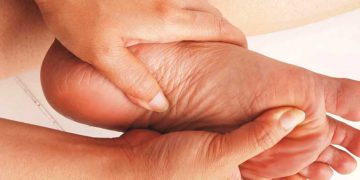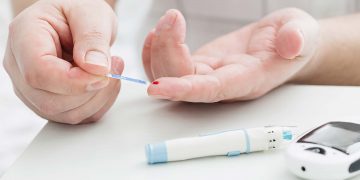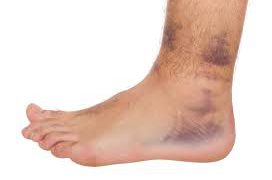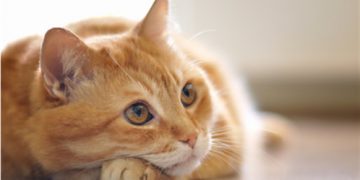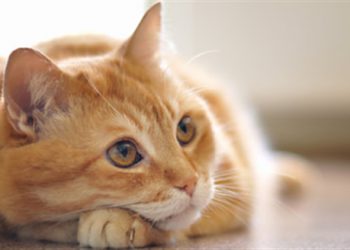Feline diabetes is basically Cat diabetes or diabetes in cats. It will generally show a gradual onset of the disease over a few weeks. You have to be very vigilant as the diabetes symptoms in your furry friend may escape unnoticed for a long while.
The condition is unusual in cats fewer than seven years old. The first obvious symptoms are a sudden weight loss (occasionally gain), accompanied by excessive drinking and urination; for example, cats can appear to develop an obsession with water and lurk around faucets or water bowls.
Appetite is suddenly either ravenous (up to three times the daily normal) or absent. In diabetic cats the back legs may become weak and the gait may become stilted or wobbly (peripheral neuropathy).
A quick test at this point can be done using urine keto/glucose strips (the same as used on the testing for diabetes in dogs) with the animal.
If the keto/glucose strips show glucose in the urine, cat diabetes is indicated. If a strip shows ketones in the urine, the animal should be brought to an emergency clinic right away to get the diabetes in cats treated right away.
Cat diabetes Testing can also be performed with a home glucose meter by obtaining a blood sample with a lancet via an ear prick or paw prick.
Owners of diabetic cats should watch for noticeable thinning of the skin and apparent fragility: these are serious and indicate that the animal is metabolizing (breaking down) its own body fat and muscle tissue to survive.
Lethargy or limpness, and acetone-smelling breath are acute symptoms indicating likely ketoacidosis and/or dehydration.
This would require urgent emergency care – within hours. This is to protect the health of the cat.
Reference:
Resource: http://en.wikipedia.org/wiki/Diabetes_in_cats

